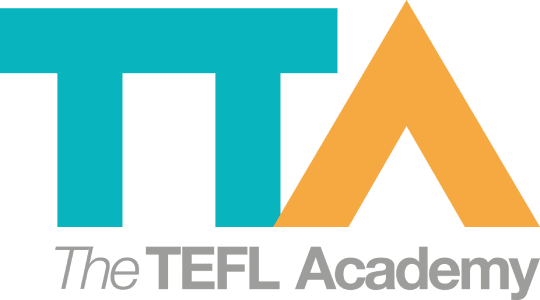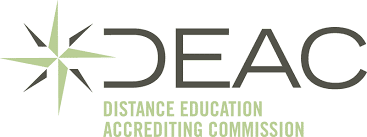Teaching Unplugged In The EFL Classroom
Join a global community of over 200,000 TEFL teachers working throughout the world! Enrol me!
Teaching Unplugged is just one of the many teaching techniques that you can see being used in English as a Foreign Language classrooms all around the world. It is quite different from traditional teaching methods and it certainly deserves some attention.

What is Teaching Unplugged?
Teaching Unplugged is a teaching method based on Dogme. It aims to take materials out of the EFL classroom and put all the attention on the students. Instead of planning lessons according to a syllabus, lessons are planned according to the students’ needs and wants. In other words, they have complete control over what is covered in the classroom.
How does Teaching Unplugged work?
Basically, the teacher gives the students space to speak whatever’s on their mind. There are no coursebooks or worksheets. Instead the students can speak about anything. If necessary, the teacher can prompt a conversation with open questions.
Then the teacher must identify a language point within the conversation which can then be unpacked. Then that language point has been examined sufficiently, the students move on with their conversation until another language point has been identified as needing attention.
What are the benefits of Teaching Unplugged?
The obvious benefit is the lack of a need for materials. This method is great for teachers who don’t have access to loads of resources and also for those teachers who don’t like to use lots of materials. It is awesome for schools that don’t have a photocopier or for teachers who prefer not to burn down an entire forest for one lesson.
Because there isn’t a focus on syllabus, it allows the teacher to focus on the actual needs of the learners. A language point can come up which may be above or below their assigned language level but which is pertinent to their current level and this gives the teacher the opportunity to focus on that rather than what is prescribed by a coursebook.
What are the drawbacks of Teaching Unplugged?
Some students and parents will not understand this teaching method. They will ask for a coursebook or materials to be included in the lesson, as they prefer the teachers to follow a set plan for lessons. Because there are no materials, it is easy to see why some people might think the teachers are simply unprepared or winging it.
At the same time, less experienced teachers may feel nervous about teaching without the help of materials. They may feel they won’t be able to correctly identify appropriate target language for their lessons and they may be wary of just having conversation lessons.
Finally, teachers may worry about running out of activities during the lesson. Teaching Unplugged requires a lot of on-the-spot thinking, so teachers who don’t feel they are creative may not feel they will be able to construct an effective lesson based on the students’ output.
Of course there are positives and negatives to Teaching Unplugged, the same as there are for any teaching method or technique. Whether you want to adopt a new teaching method wholeheartedly or just dabble in something new from time to time, give Teaching Unplugged a try; it’s sure to take you out of your comfort zone.
Accreditation & Quality Assurance
The TEFL Academy was the world’s first TEFL course provider to receive official recognition from government regulated awarding bodies in both the USA and UK. This means when you graduate you’ll hold a globally recognised Level 3 (120hr) Certificate or Level 5 (168hr) Diploma, meaning you can find work anywhere and apply for jobs immediately.
 United Kingdom
UK
United Kingdom
UK












